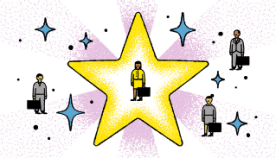Staying Fit
Far from it. While retirees account for more than 73 percent of the people receiving Social Security benefits, the Social Security Administration (SSA) also makes payments to:
- More than 2.7 million spouses, former spouses and dependent children of retirees.
- More than 5.8 million widows and widowers, former spouses, children and (occasionally) parents of wage earners who have died.
- Disabled persons of all ages and their spouses and children. Social Security Disability Insurance (SSDI) goes to about 7.7 million disabled workers and more than 1.2 million members of their families.
Here are a few more key Social Security stats as of October 2022:
- Some 65.8 million people are drawing retirement, disability, family or survivor benefits totaling $102.2 billion a month.
- More than 3.8 million of them are the children of retired, disabled or deceased workers. The SSA pays out nearly $3 billion a month in child benefits.
- Nearly 7.6 million people receive Supplemental Security Income (SSI), a program run by Social Security that provides cash assistance to older, blind and disabled people with very low incomes. More than 2.3 million people age 65 and over receive SSI.


AARP Membership— $12 for your first year when you sign up for Automatic Renewal
Get instant access to members-only products and hundreds of discounts, a free second membership, and a subscription to AARP the Magazine.
Keep in mind
- You must have spent a certain amount of time in work in which you paid Social Security taxes to qualify for retirement benefits or SSDI. That's not the case with SSI — eligibility is based on financial need and your age or medical condition.
- It's possible to receive both Social Security benefits and SSI, if you qualify for both. More than 2.5 million people did in October 2022.


































































More on Social Security
When Can You Start Collecting Social Security?
What Are Social Security Credits?